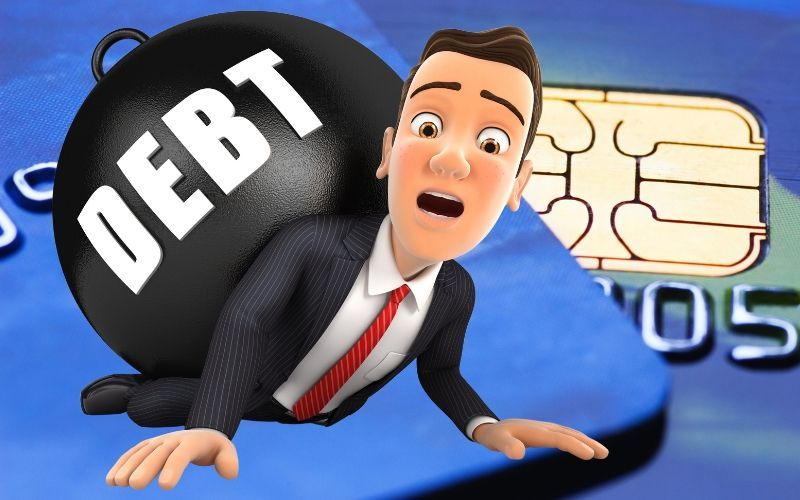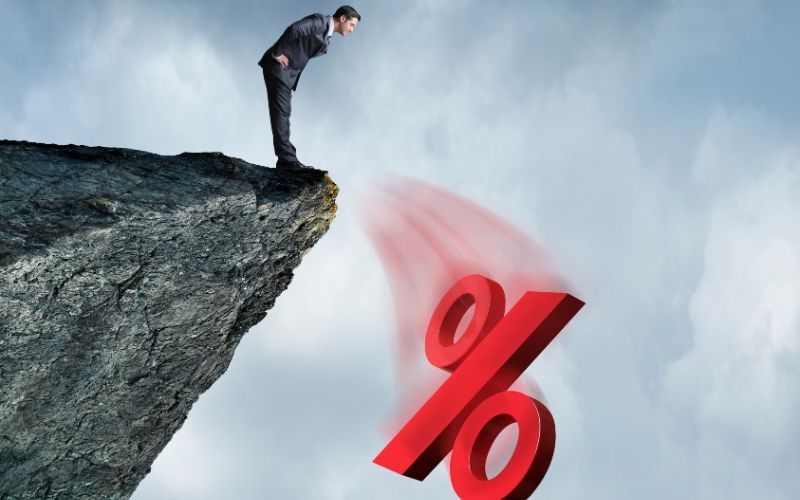Last Updated: September 28, 2023
Understanding the Rise and Implications of High-Risk Lending

Disclaimer: We are not qualified legal or tax professionals and are not giving advice. Always speak with a qualified professional before making any legal or financial decisions.
As subprime lending to borrowers with poor credit continues to increase, consumers should understand the risks involved before resorting to these high-cost loans. While subprime credit cards and other loans provide access to credit, they often come with interest rates over 25% and expensive fees that can trap borrowers in debt.
It's essential to understand
the best way to use a credit card responsibly to avoid such pitfalls. Before exploring subprime options, consumers should take steps to improve their credit scores and compare rates from mainstream lending sources which may offer better alternatives.
Non-profit community lenders, peer-to-peer lending marketplaces, credit unions, and secured loan products should also be considered. If you have existing credit card debt and are struggling to keep up with payments, our credit experts can help you find the best debt relief option for your situation.
Additionally, understanding
the best ways to pay off your credit cards can be beneficial. Our services include consolidation loans, settlement services, and free debt counseling. Read on to learn more about the risks of subprime lending, how to avoid it if possible, and what to do if you are overwhelmed by high-interest credit card balances.If you're on a tight budget, here's
how to pay off credit card debt effectively.
Have you opened your mailbox recently to find a mountain of new credit card offers?
According to a new report from Equifax the banks have seen a surge in new credit card originations over the past year. In fact, originations are up over 28% year over year. Perhaps most revealing is this little nugget:
Notable within the data is that lenders continue to expand the subprime category with Feb. 2011 subprime bankcard originations* up by more than 75 percent over Feb. 2010 numbers, and total new subprime bank card credit up by more than 66 percent.
Wasn’t subprime lending one of the main drivers behind the Great Recession of 2008? At any rate, we shouldn’t expect anything less from the banks, after all, they are in the business of lending money.
If you are currently overwhelmed by credit card debt and experiencing financial hardship, you might be wondering
if credit card debt forgiveness is possible. Call us today to learn the truth about your options at 1-877-722-3328 and one of our Debt Specialists will review your situation and all your options. If you are a good candidate for debt settlement, we will cover all of the benefits and risks; if you still need to, we will try and give you some good advice and point you in the proper direction.
Risk of Subprime
For the risks of subprime lending section, I could go into more detail on how much higher the rates and fees typically are compared to prime loans. I could cite average APR percentages for both to illustrate the gap. I could also provide more examples of the types of fees charged on subprime loans, like application fees, origination fees, late fees, etc.
For the tips on avoiding subprime loans, I could add more suggestions like:
- Ask lenders if they offer rate reductions for setting up automatic payments
- Look into secured card options to build credit score
- Be cautious about accepting counteroffers if denied a prime loan initially
When covering alternative lending options, I could provide more details on the qualifications and requirements for each.
For example:
- Federal credit union membership eligibility and application process
- Minimum credit scores needed for peer-to-peer lending marketplaces
- Interest rates and term lengths offered by employer/membership lending
FAQs
Conclusion
While subprime lending fills a need for borrowers with poor credit, the risks and costs associated with these loans should not be taken lightly. Before resorting to subprime credit, consumers should make every effort to improve their financial situation and access more affordable mainstream lending options.
Comparison shopping rates, exploring secured loan products, seeking out community lenders, and consistently building credit are all recommended over blindly accepting expensive subprime terms.
However, for those already facing overwhelming credit card debt, help is available. With some diligence and the right debt relief program, it is possible to recover from credit woes over time and regain control of your finances.
If you are struggling with overwhelming debt and want to explore your debt relief options, Pacific Debt Relief offers a
free consultation to assess your financial situation. Our debt specialists can provide objective guidance to help find the right debt relief solution.
For more information and Credit Card Tips please visit our Credit Card Resources page
*Disclaimer: Pacific Debt Relief explicitly states that it is not a credit repair organization, and its program does not aim to improve individuals' credit scores. The information provided here is intended solely for educational purposes, aiding consumers in making informed decisions regarding credit and debt matters. The content herein does not constitute legal or financial advice. Pacific Debt Relief strongly advises individuals to seek the counsel of qualified professionals before undertaking any legal or financial actions.
Reduce Your Credit Card Debt By Up to Half

BBB Reviews | 4.9/5.0 Rating









 Do Not Sell My Personal Information
Do Not Sell My Personal Information